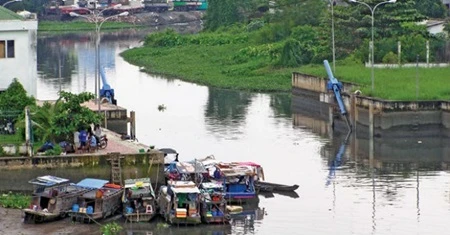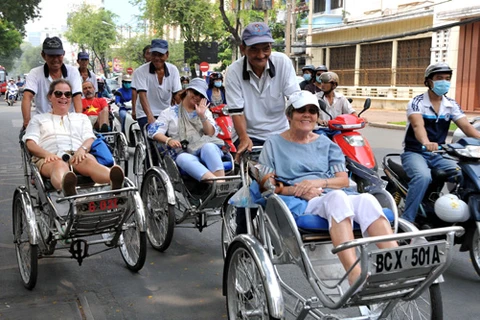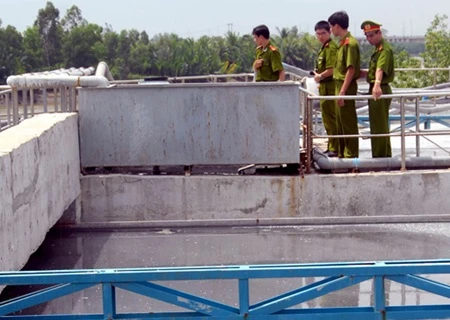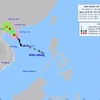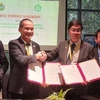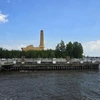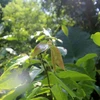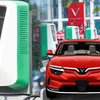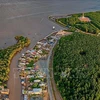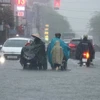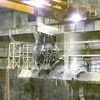HCM City (VNA) - Over the past few years, Ho Chi Minh City has mobilised various resources to revive dead canals and improve its waterways.
One of the city’s six breakthrough programmes for 2011 to 2015 was to mitigate environmental pollution. Its implementation will continue from 2016 to 2020.
Thanks to financial assistance from the World Bank, local authorities and residents could upgrade the highly polluted canals in the heart of the city such as Nhieu Loc Thi Nghe, Tau Hu – Ben Nghe and Tan Hoa – Lo Gom.
Spreading about 10 kilometres over districts 1, 3 Binh Thanh and Phu Nhuan, the Nhieu Loc – Thi Nghe canal has been cleaned, benefiting nearly 1.2 million residents, most of whom live under the poverty line.
Similarly, improvements to the Tan Hoa – Lo Gom canal in mid-2015 helped 1.3 million inhabitants deal with flooding on an area of 19 square kilometres in districts 6, 11, Tan Binh and Tan Phu.
Municipal People’s Committee Chairman Le Hoang Quan said rehabilitating the urban environment, especially water resources along the canals, was a major focus for the city.
Squalid canals have been turned into green spots, which doesn’t just help reduce inundation and environmental pollution. It also encourages tourism and addresses traffic jams, he said.
According to the municipal People’s Committee, as of September, 85 percent of manufacturing, trade and service facilities across the city were equipped with national-standard environmental treatment systems.
All industrial parks, processing parks, hi-tech parks and industrial clusters have installed waste treatment systems.
Drastically more solid, hazardous and medical waste has been collected and treated.
The municipal Department of Natural Resources and Environment worked with relevant departments and sectors to launch a number of environmental protection campaigns among residents and businesses.
The city has focused its investment on building waste treatment systems at various scales. For example, it started up the Binh Hung Hoa sewage treatment facility, with a daily processing capacity of 30,000 cubic meters.
In its first stage, the Binh Hung Hoa plant is able to treat 141,000 cubic meters of waste water per day, which will increase to 512,000 cubic metres in the near future.
Currently, HCM City is clearing land to build six waste collection plants in urban areas.
In an effort to stem environmental contamination, the city has asked nearly 1,400 pollution-causing manufacturers in urban areas to relocate to other areas, incorporate environmentally friendly methods or stop operations.
Cao Tung Son, deputy head of the Environment Protection Division under the municipal Department of Natural Resources and Environment, suggested supporting both State-run and private firms, as private businesses were considered the main polluters.
The municipal People’s Committee proposed 144 programmes and projects to adapt to climate change, manage natural resources and protect the environment.
The city should make a list of polluting industries and devise proper relocation plans, experts recommended.
Businesses committing environmental violations will be handled strictly.-VNA

